
Practically Cool - Performance Intercooler R&D, Part 3 - Production sample
Honda inadvertently morphed the Accord into an enthusiast car when the turbocharged variants took over. That means drivers are sure to push the 10th generation Accord to the limits in all walks of life. Whether you're picking up groceries, laying down lap times, or setting a new personal best time for your work commute, the turbo mounted to either engine variant adds a practical boost and economical speed to your family-oriented sedan. That is, of course, until the intercooler soaks with heat.
As we covered in our last posts, no matter your driving style, it's never practical for the intercooler to fill with heat. We covered why this happens with the stock cooler, and our plans to combat the issue. Now, those plans have come to life, and we're eager to show them off.

As promised from our design plans post, our new design is made entirely from aluminum. Plastic has its benefits elsewhere in the vehicle, but aluminum construction is essential for performance and durability. The makeover is more than skin deep, though, so let's dive into the features, starting with the end tanks.
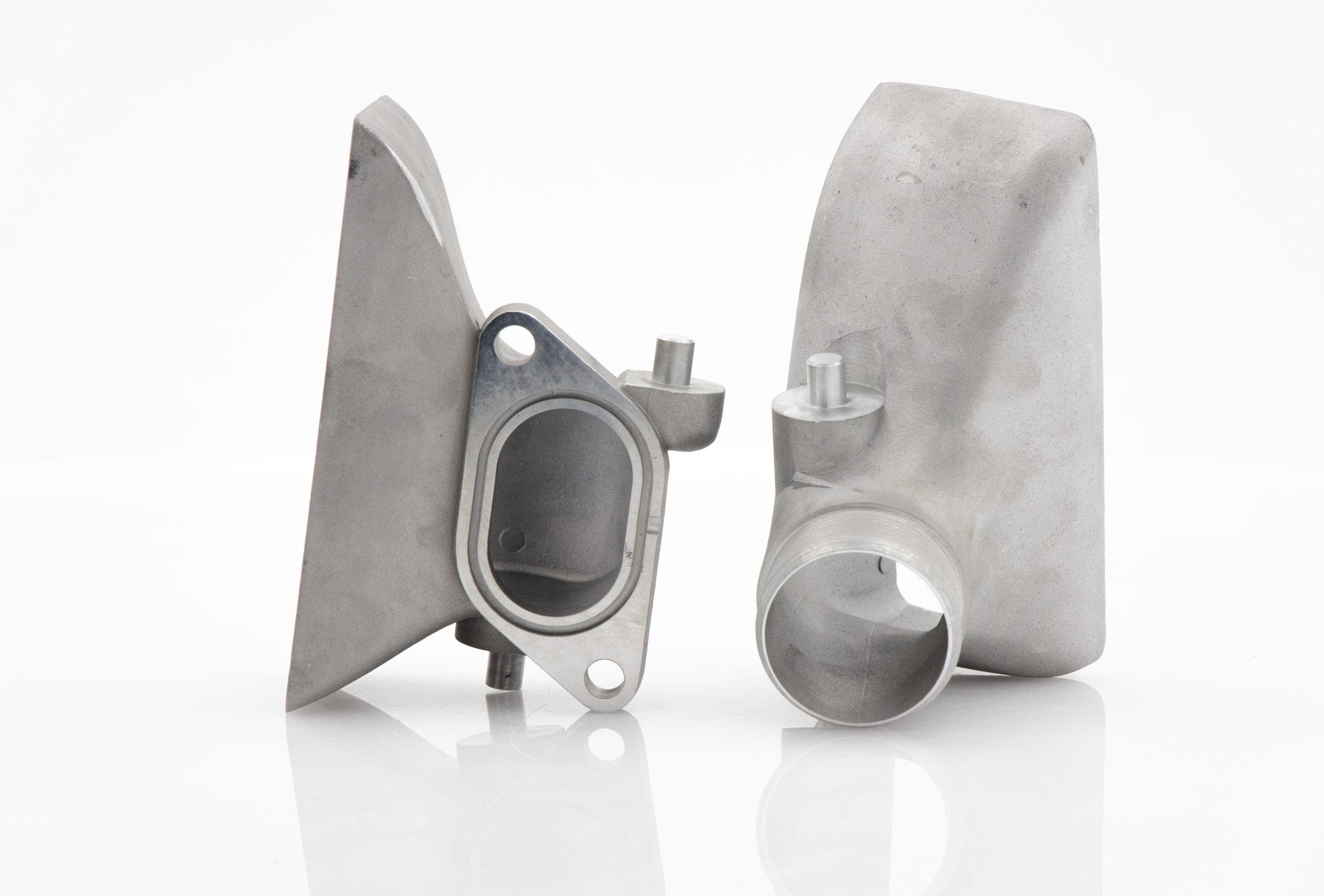
Ditching the plastic end tanks of the stock intercooler was a primary objective of our design for both strength and aesthetics. Plastic becomes weak over time, leading to cracks, leaks, and frustrated enthusiasts. The aluminum tanks are TIG-welded to the core and provide much more protection against leaks and damage than their OEM plastic counterparts. This is especially important for performance Accords that are pushing more boost through the intercooler. Finally, the larger core necessitated an end tank redesign.
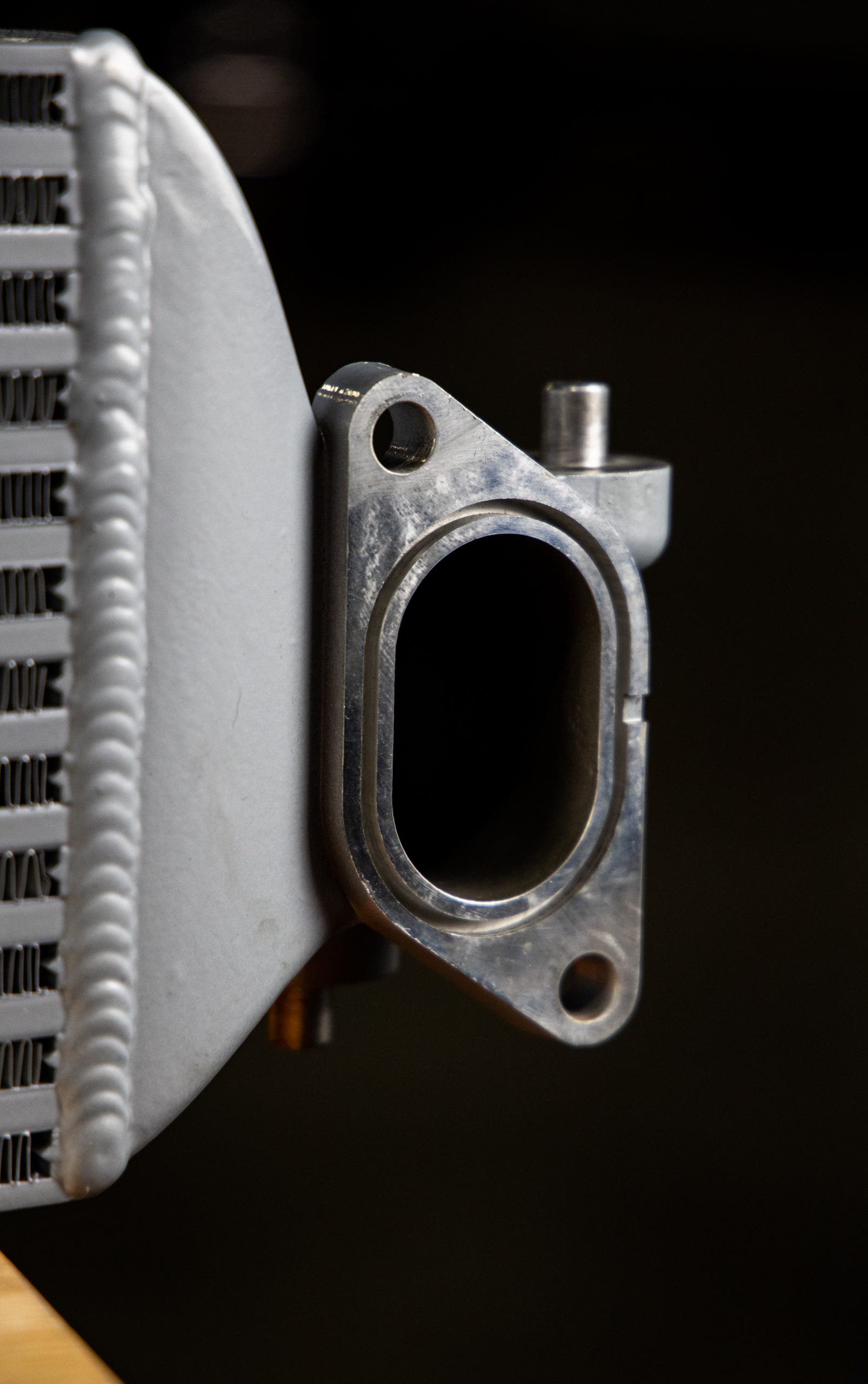
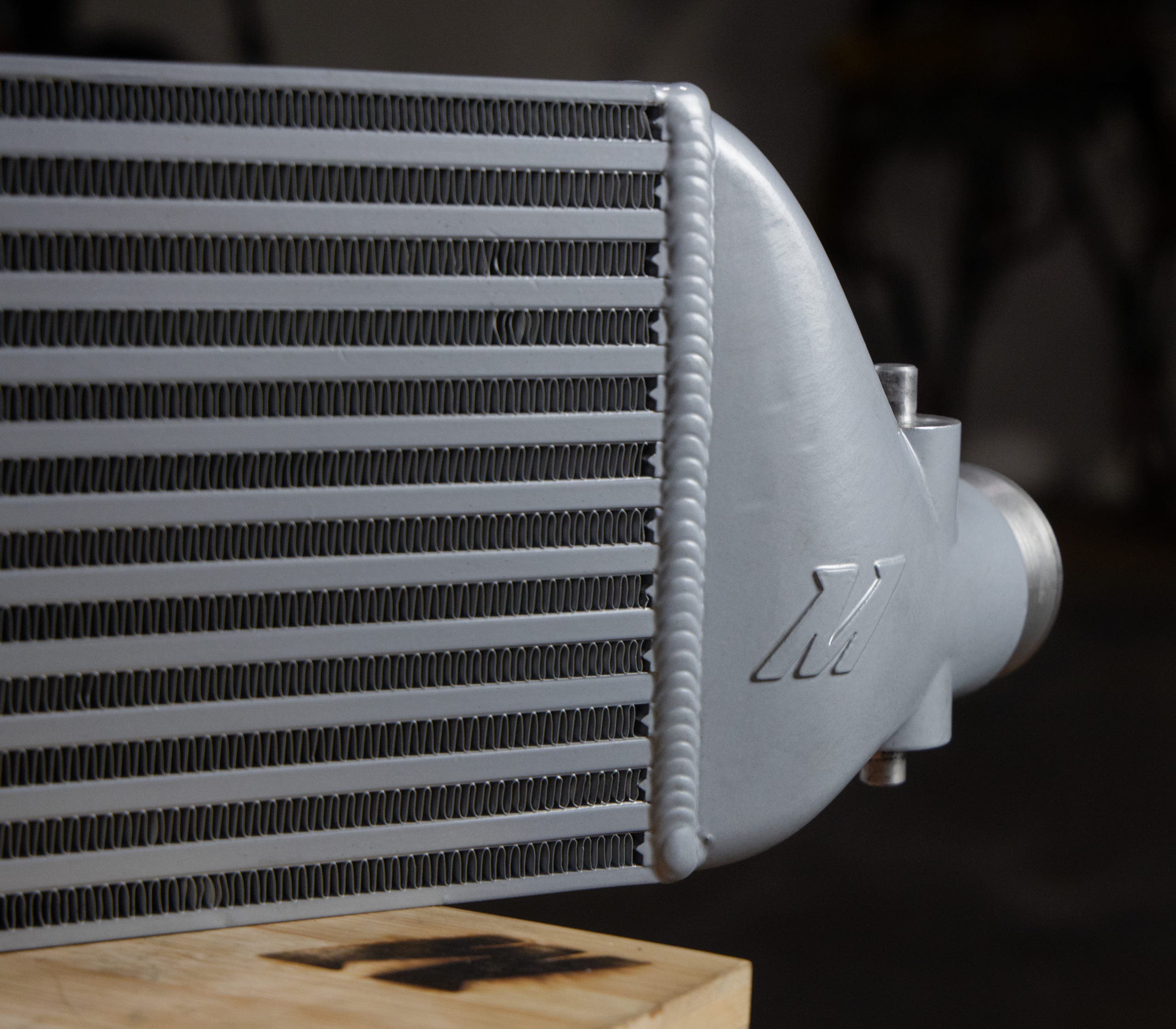
Core expansion was up for debate with this intercooler because space was so tight around the Honda Sensing unit. However, we were still able to add 25.4mm to the core's thickness, leaving plenty of room for the Sensing unit. For even more core volume and cooling power, we stacked another 2.5" (63.5mm) to the core's height with an additional two rows of fins.
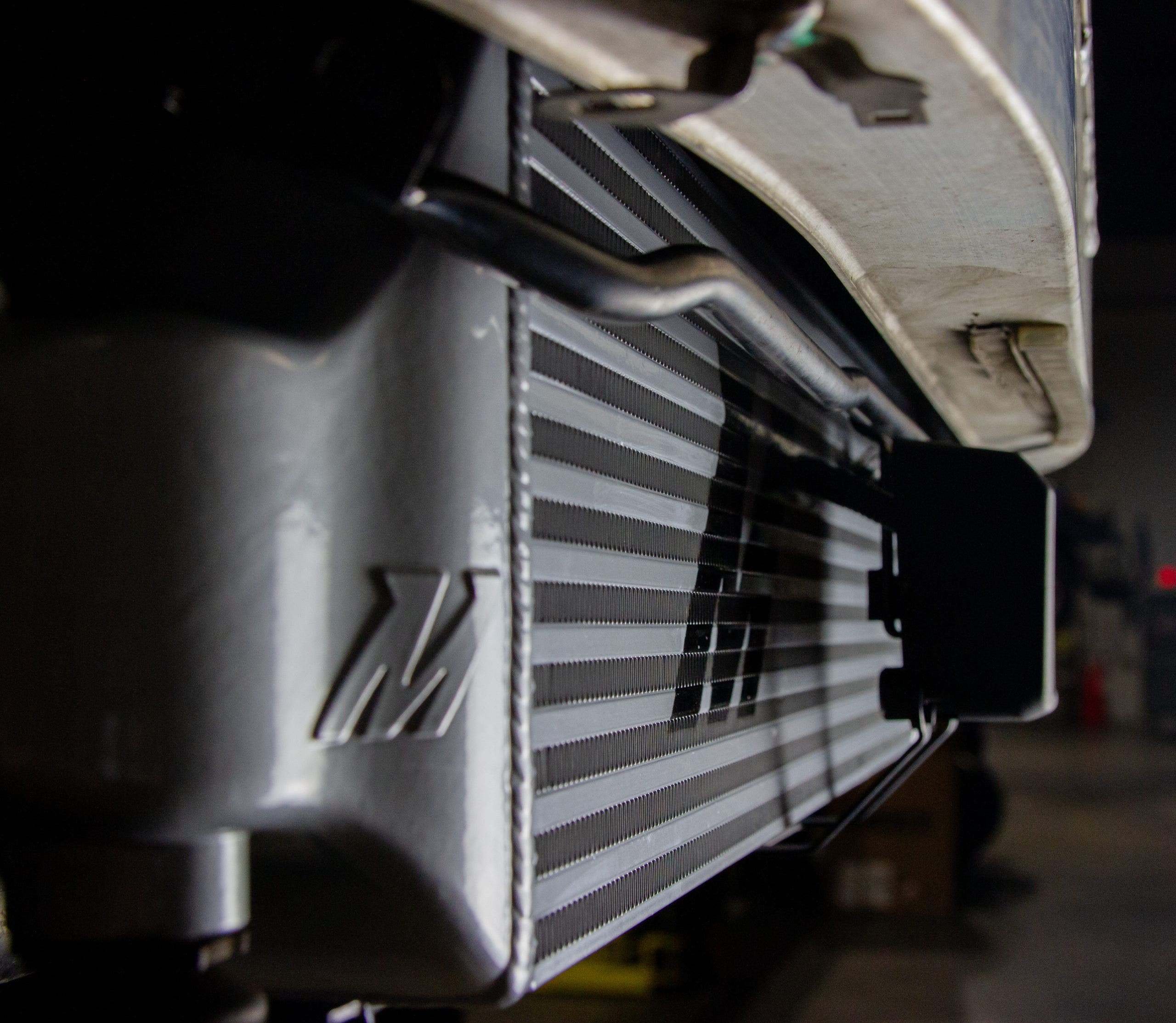
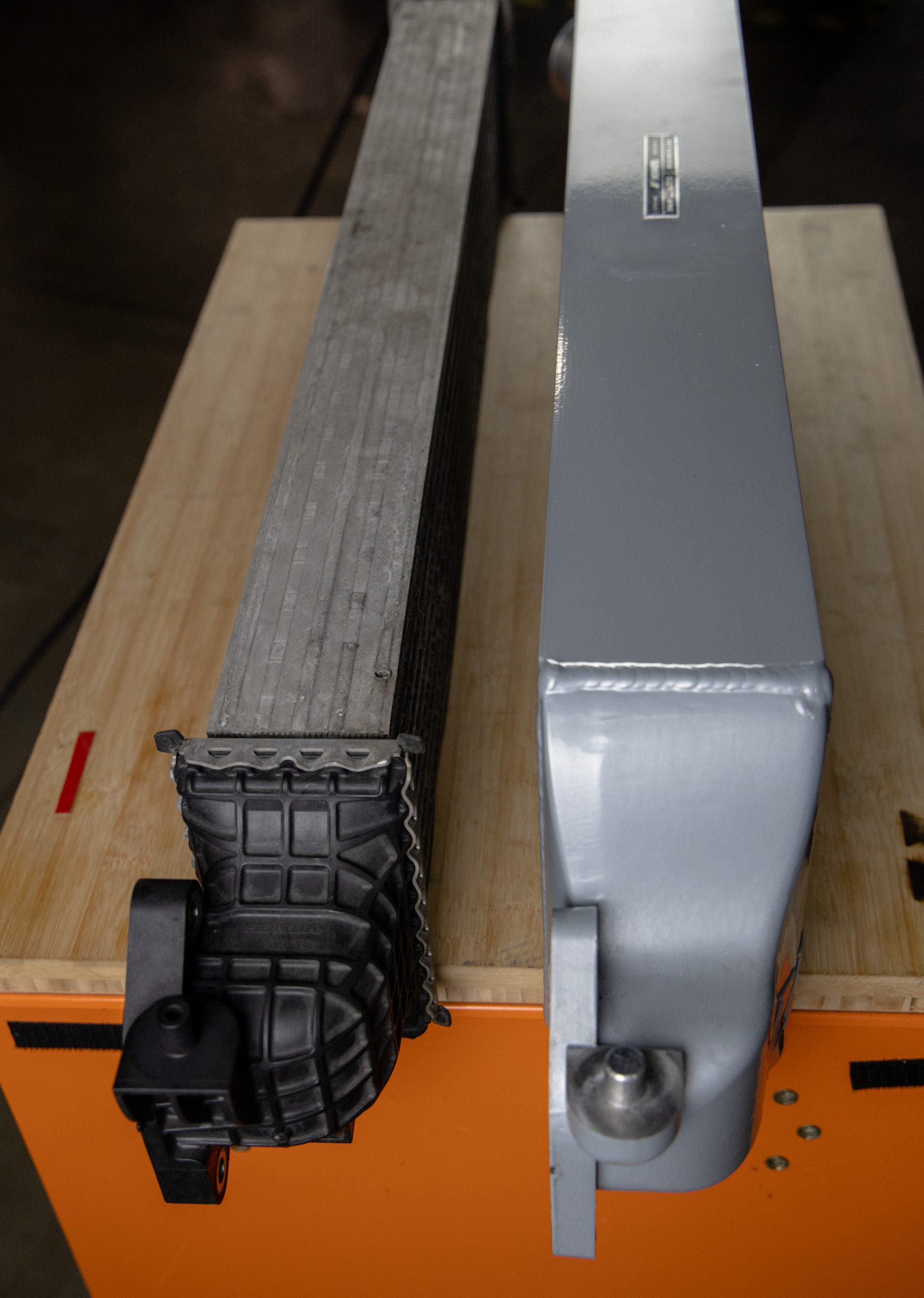
The core's volume is only half of the cooling equation, though. The construction plays just as much into the intercooler's efficiency, and we felt it was time for an upgrade. One of the main reasons for the chronic heat soak in the Accord's intercooler is the lightweight tube-and-fin construction. This core construction method is adequate for most daily driving, but it fills with heat under aggressive driving conditions or even just getting stuck in traffic on a hot day. Our solution is to utilize the more robust bar-and-plate method of core construction. These bars and plates are much more efficient at dissipating heat while improving airflow through the core.
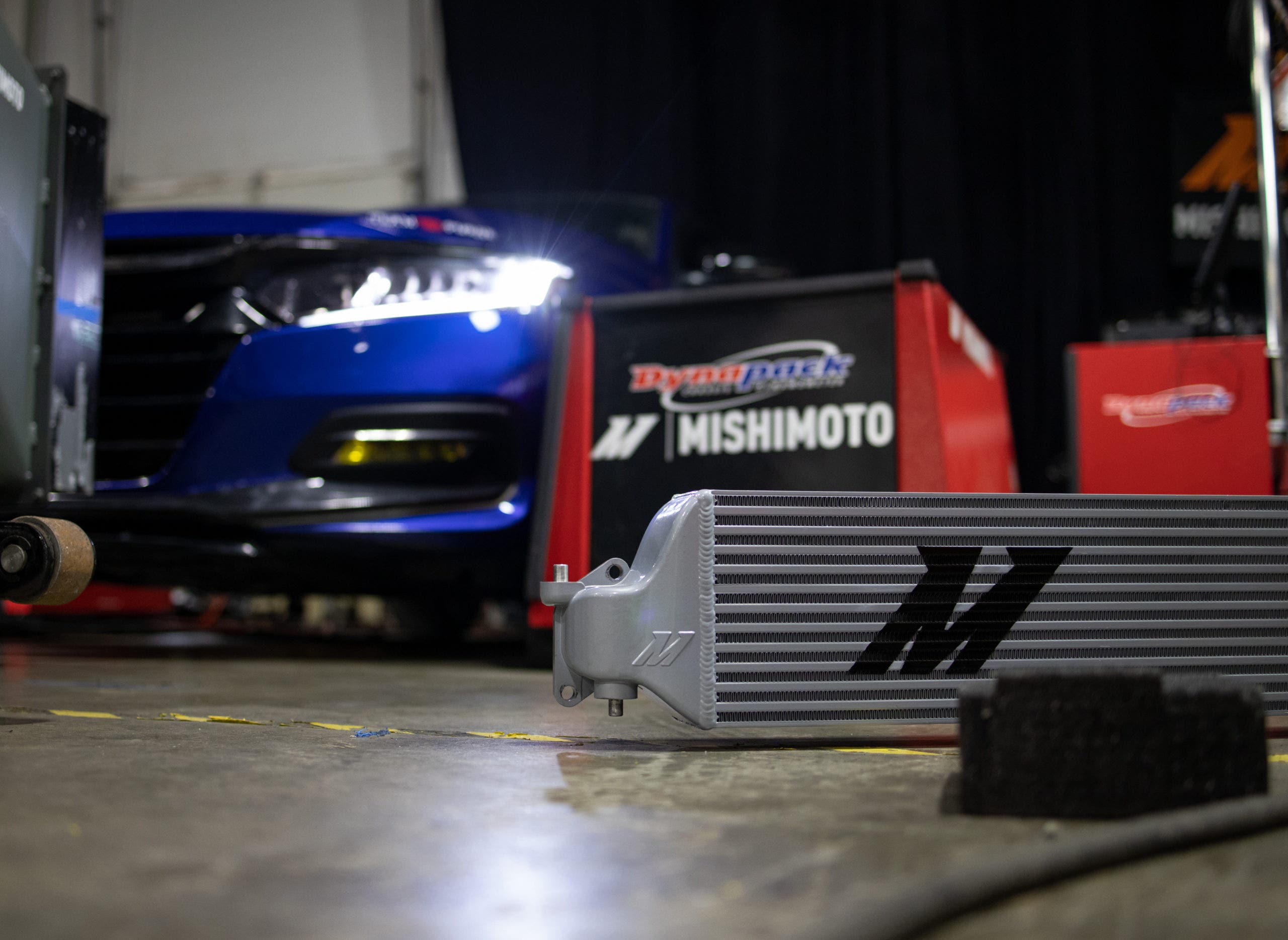
Practicality isn't just about how much you can fit in a car. It's also how well it performs. The 10th generation Accord mostly has both sides covered from the factory but could still use some help on the performance part. Hot intake-air temperatures and pulled timing aren't super practical, so we'll see just how well our intercooler improves the Accord's performance in our next post.
Thanks for Reading!
-Nick









